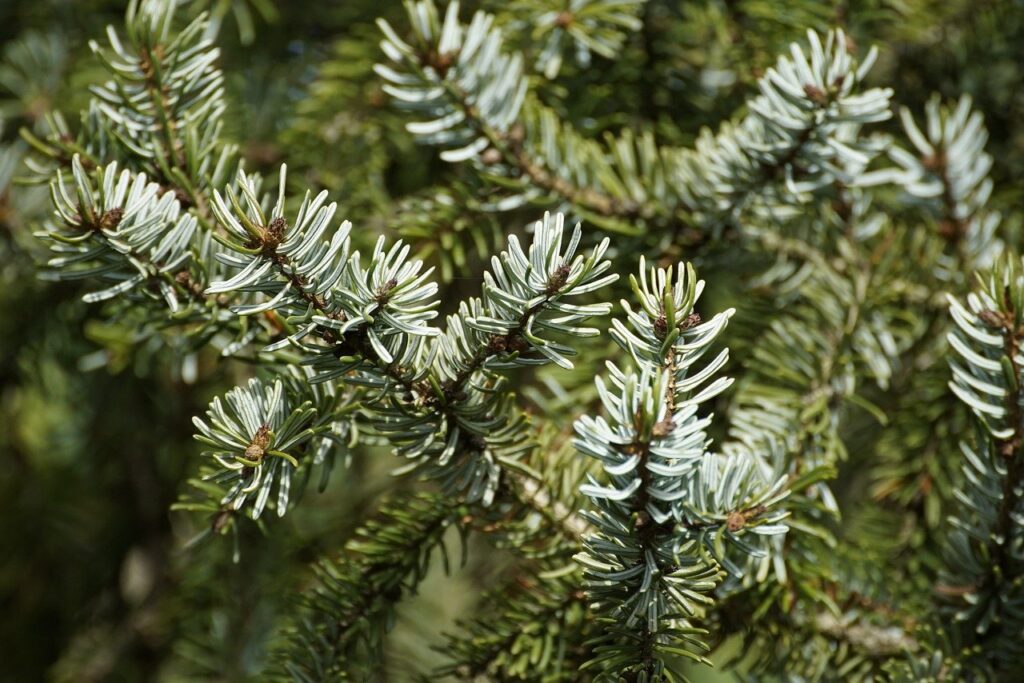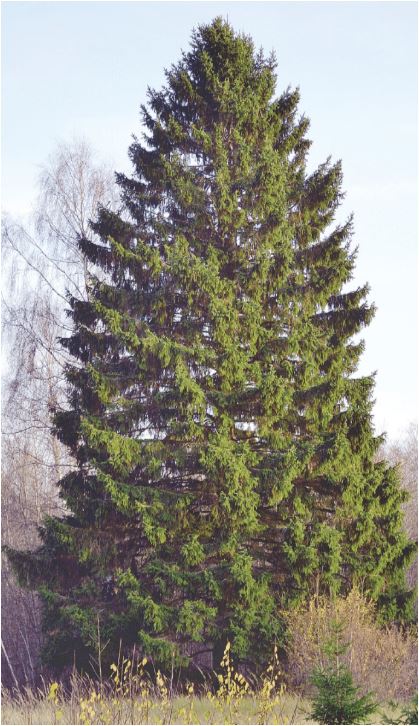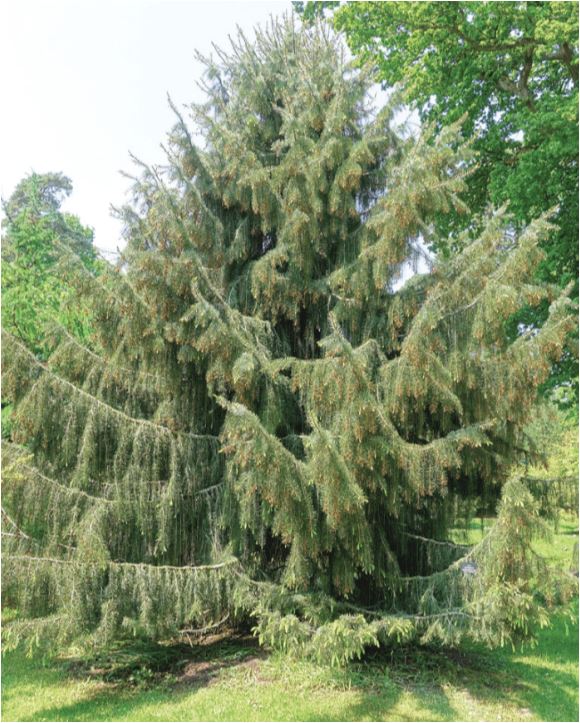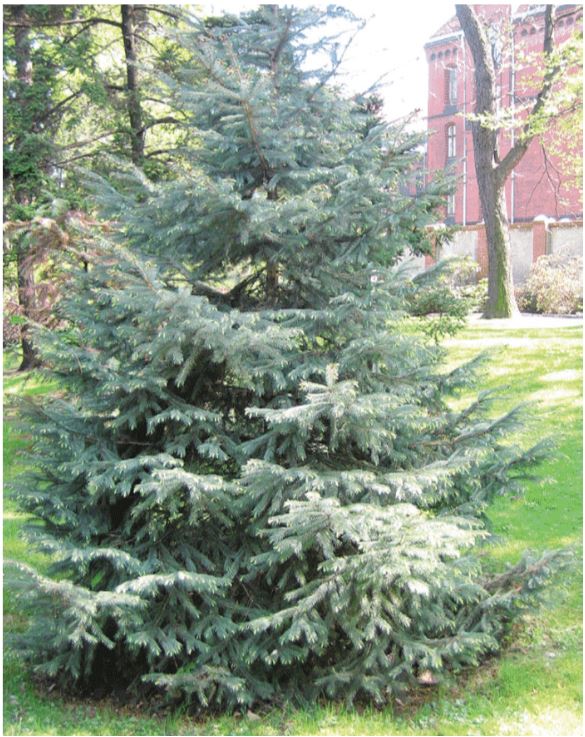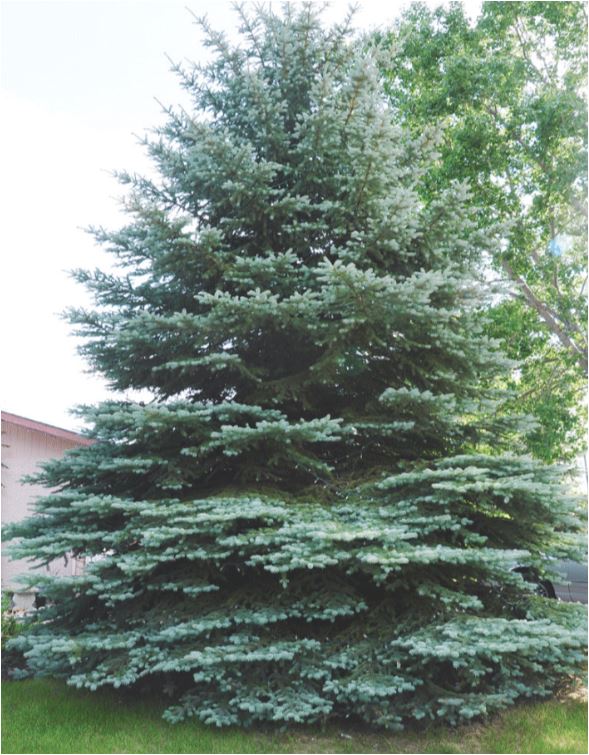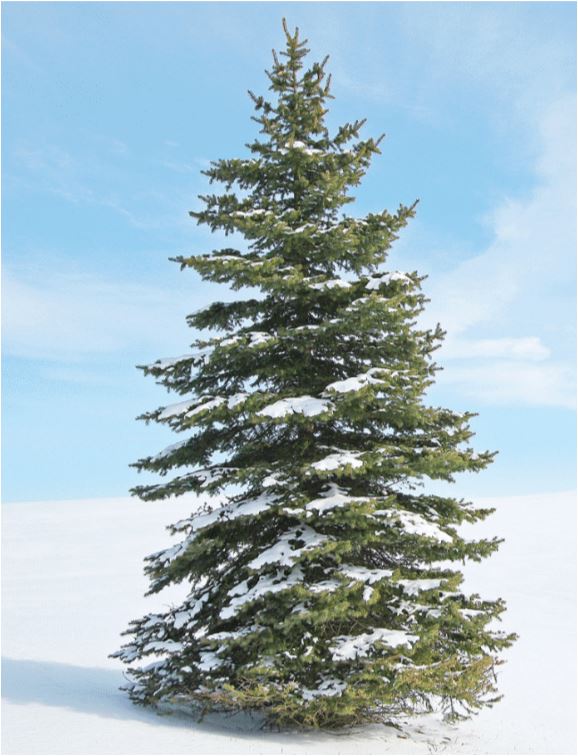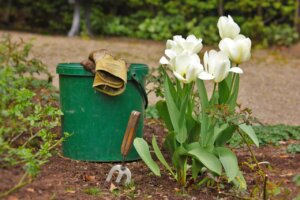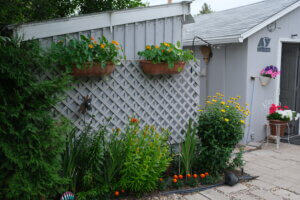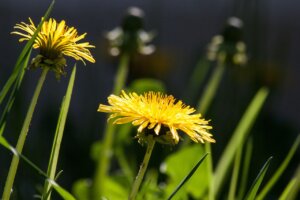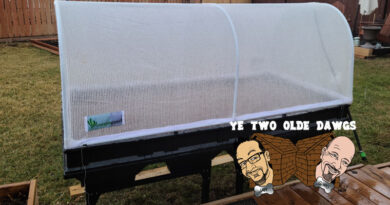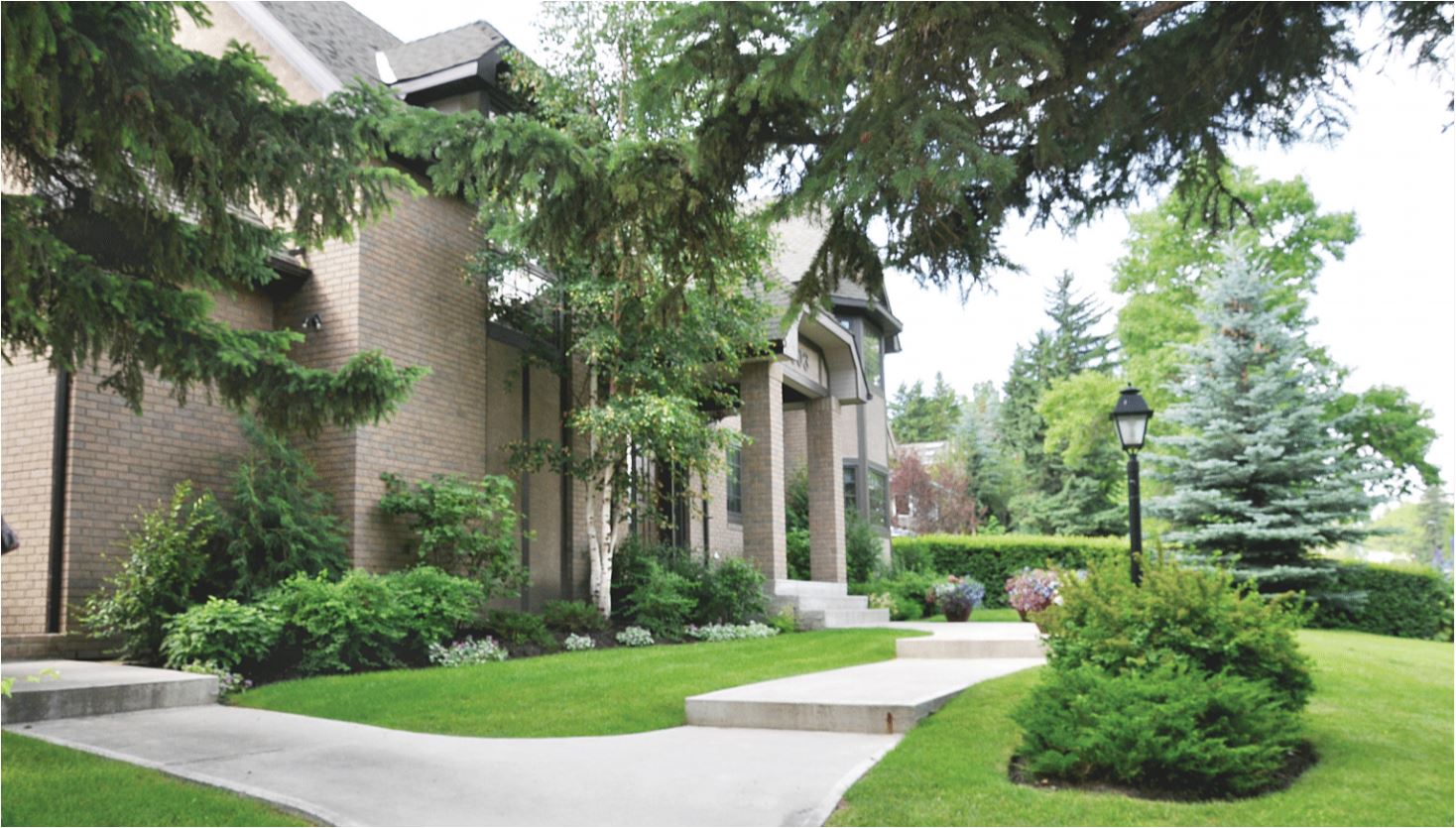Canada’s Mighty Spruce Trees
The spruce tree grows all across Canada and is the backbone of many northern forests. These cool-climate conifers are typically Christmas tree-shaped and come in rich dark greens as well as a few blue-grey species. Growing in the wild, they are able to survive many hardships that our Canadian climate throws at them. There a few varieties that are native to the Canadian Rockies making them a good choice for our cool climate.
Spruce trees are not a great choice for coastal regions, however, as they dislike salt-laden winds. They also suffer crushing attacks of aphids and mites in warmer regions making them happiest in cold-mountainous regions.
You can’t go wrong choosing a spruce, from the tall narrow spires which work very well in smaller lots, broad, dense evergreens, that help protect your home from chilling winds, down to the much smaller dwarf varieties that are perfectly suited for foundation planting.
Spruce trees grow best in full sun and prefer neutral to acidic, deep, well-drained soil, although they will tolerate alkaline soil, if necessary. They are best grown from young stock and pruning is rarely needed. Spruce trees frequently produce branch mutations (otherwise known as witch’s broom) and can be propagated to form new cultivars of various sizes, shapes and colours.
Norway Spruce (Picea abies)
A fast-growing spruce, that has a pyramidal shape with dark-green needles, which is wind-tolerant and grows 40-60 feet tall. Norway sends a huge tree every Christmas to Trafalgar Square as a “thank you” for the help that they received from Britain during the Second World War.
Brewer Spruce (Picea breweriana)
This spectacular spruce is worth a visit just to see one. It has a waterfall of blue-green foliage and is a highly valued ornamental tree in gardens, particularly in Great Britain and Scandinavia, where it is appreciated for its dramatically pendulous foliage. The Brewer spruce is named after Henry Brewer (1828-1910) who was a botanist in California and later became a professor at Yale.
Engelmann Spruce (Picea engelmannii)
The bluish green four-sided needles on this conical tree are very fragrant. It is medium to large-sized, very cold hardy and is native to the Rocky Mountains. It grows from 70-130feet and has a width of 15 feet. Aboriginal people living in the Interior during earlier periods made good use of the bark for the cooking baskets, canoes, roofing and baby carriers. Recently, spruce beetles have destroyed millions of Engelmann spruce causing a devastating loss.
Blue Spruce (Picea pungens)
This is the bluest of the blue spruce trees and is a majestic, unforgettable sight. It loves the cold Canadian winters. This sturdy tree is often used to provide a windbreak for pastures and large land scapes and often doubles as a nesting site for birds. Dwarf species look great in home landscaping as border sand specimen trees.
White Spruce (Picea glauca)
The white spruce is as low-growing spruce but can live up to 300 years. It was originally native to Alaska but can now be found all across Canada and many northern states. Also known as the Canadian Spruce it can grow up to 130 feet. White spruce provides food and habitat for a wide range of species, including deer, red squirrels, porcupines and grouse. Black bears particularly like to eat the inner bark of this tree!
(By Healther Klein. First published in the Summer Issue of 2018 Alberta Gardener.)



